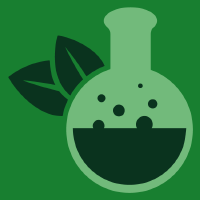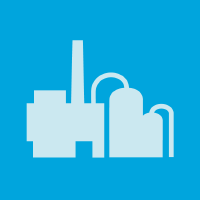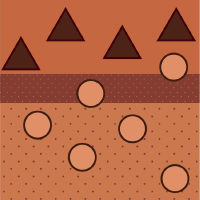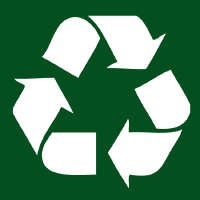Topic Editors

Capacitive Deionization Technology for Water Treatment
Topic Information
Dear Colleagues,
Capacitive deionization (CDI) is an emerging water purification technology, where the direct voltage applied on the electrodes enables ions or charged particles to form electric double layers (EDLs) on the surface of electrodes for the purpose of water purification. At present, capacitive deionization has been widely used in industrial, agricultural, and domestic water desalination and seawater desalination. The advantages of CDI are characterized by low energy consumption, environmental friendliness, high adsorption efficiency, and easy operation.
In addition to research on the adsorption efficiency of CDI, another fundamental research challenge, still unresolved as of today, is how to improve the adsorption selectivity of CDI—a challenge closely related to the separation, purification, and enrichment of ions in complex solutions.
Prof. Dr. Shenxu Bao
Dr. Xin Zhang
Topic Editors
Keywords
- capacitive deionization
- electric double layers
- adsorption selectivity
- desalination
- separation
- enrichment
Participating Journals
| Journal Name | Impact Factor | CiteScore | Launched Year | First Decision (median) | APC | |
|---|---|---|---|---|---|---|

AppliedChem
|
- | - | 2021 | 17.2 Days | CHF 1000 | Submit |

ChemEngineering
|
2.5 | 4.7 | 2017 | 17.2 Days | CHF 1600 | Submit |

Energies
|
3.2 | 5.5 | 2008 | 16.1 Days | CHF 2600 | Submit |

Membranes
|
4.2 | 4.4 | 2011 | 13.6 Days | CHF 2700 | Submit |

Processes
|
3.5 | 4.7 | 2013 | 13.7 Days | CHF 2400 | Submit |

Recycling
|
4.3 | 5.4 | 2016 | 20 Days | CHF 1800 | Submit |

Separations
|
2.6 | 2.5 | 2014 | 13.6 Days | CHF 2600 | Submit |

Water
|
3.4 | 5.5 | 2009 | 16.5 Days | CHF 2600 | Submit |

MDPI Topics is cooperating with Preprints.org and has built a direct connection between MDPI journals and Preprints.org. Authors are encouraged to enjoy the benefits by posting a preprint at Preprints.org prior to publication:
- Immediately share your ideas ahead of publication and establish your research priority;
- Protect your idea from being stolen with this time-stamped preprint article;
- Enhance the exposure and impact of your research;
- Receive feedback from your peers in advance;
- Have it indexed in Web of Science (Preprint Citation Index), Google Scholar, Crossref, SHARE, PrePubMed, Scilit and Europe PMC.


